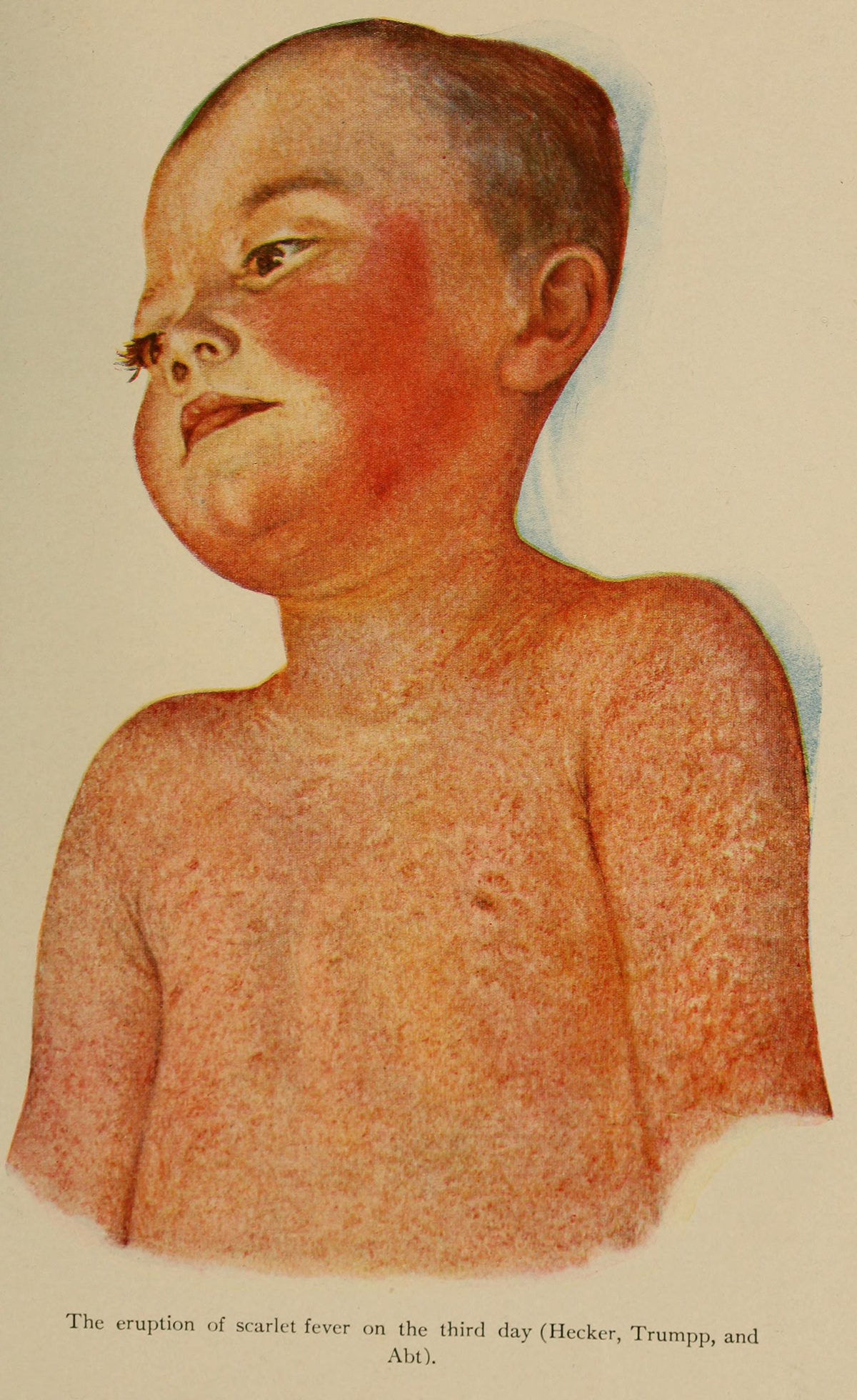
Febrile Seizures
Febrile seizures or febrile convulsions are convulsions which accompany increased body temperature. This medical condition commonly affects children between 6 months and 6 years of age. Boys are more affected comparing to girls.
Febrile convulsions can be divided into two types. A simple febrile convulsion features with the attack which lasts no longer than 15 minutes. Simple febrile convulsions tend not to reoccur within 24 hours after the initial attack. They most commonly affect the whole body and are in a form of generalized seizures. On the other hand, complex febrile convulsions last longer, reoccur frequently and they are partial not affecting the whole of the body.
In case of simple febrile convulsions a child is not at risk of irreversible brain injury. Eventually the child may stop having these attacks. Furthermore, children who suffer from simple febrile convulsions are not at higher risk of developing epilepsy in later life. This is not the case with complex febrile convulsions. Children with complex febrile convulsions tend to develop epilepsy in later life. Comparing these two types it is obvious that more severe ones are complex febrile convulsions.
Symptoms of Febrile Convulsions
The attack features with generalized stiffness of the body while arms and legs twitch. In majority of cases, a child loses consciousness. The convulsions are accompanied by irregular breathing. During the attack the child may develop bladder or bowel incontinence. In some cases there is even vomiting and increased production of saliva which accumulates at the corners of the mouth and looks foamy. The length of the attacks varies.
Causes of Febrile Seizures
The exact cause of febrile convulsions has not been found yet. Still infections such as infections of upper respiratory tract or gastrointestinal infections which are commonly accompanied with high temperature lead to seizures in predisposed children. These convulsions occur together with abrupt increase in body temperature and they almost never occur if a child is suffering from prolonged moderate elevation in body temperature. In these children fever is actually a trigger for convulsions.
Diagnosis of Febrile Seizures
The definitive diagnosis of febrile convulsions can be set after all the cause of convulsions except for high body temperature has been ruled out. The doctor must exclude meningitis, encephalitis and other conditions which commonly lead to seizures. The diagnosis of febrile convulsions is also followed by the diagnosis of an actual cause of fever. In small children urinary infections usually lead to increased body temperature and this consequently results in seizures.
Treatment of Febrile Seizures
The treatment is not necessary in majority of patients. The best way is to prevent seizures from reoccurring. This can be successfully achieved by management of increased body temperature. The suitable medication for this is paracetamol. In some patients the attack is interrupted by sodium valproate or clonasepam.



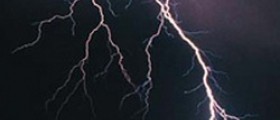
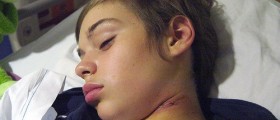
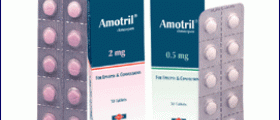
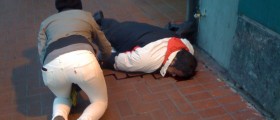
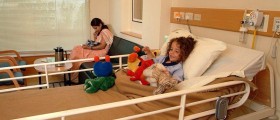


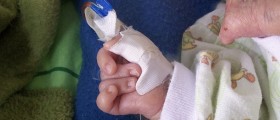


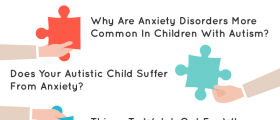
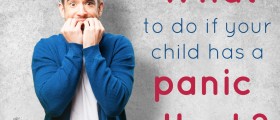
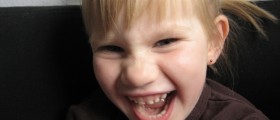
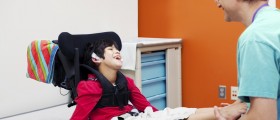
Your thoughts on this
Loading...